
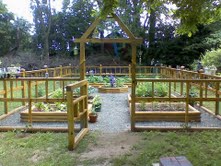

Starting A Vegetable Garden
How rewarding it is to plant a seed, care for it, watch it grow, and receive a bountiful harvest in the end! Starting a vegetable garden is the first step in an awesome journey, connecting with nature and becoming more self-sufficient.
We don’t claim to be experts, just a couple who love vegetable gardening and providing nutrition to our family.
A couple hooked on the self brought on challenge of each year topping the harvest from the previous.
We have learned through generations past, experience, research, and most valuable trial & error.

We hope to build this site into a place to fulfill all of your vegetable gardening needs.
We will be providing you the how to’s from beginning to end, and everything in-between.
We’ll include lots of tips and tricks to get more from your plants, and the tools you’ll need to have ………A Harvest to Remember.
Benefits of Growing Vegetables
Quality
When growing our own vegetables, we’ll know exactly what’s being put on them. No more worries of dangerous pesticides! We’ll also know the quality of soil and nutrients that our plants are living off of.
Did you know that “Organic” vegetables does NOT mean more nutritious vegetables?!
Organic vegetables could actually be grown in nutrient depleted and very poor soil. It’s great they don’t have permanent pesticides on them, but don’t we want the most nutrition in our food too?
Cost
Growing vegetables ourselves, allows us to have the freshest veggies for months, without paying the fluctuating store prices for them. We could even provide our families with enough veggies to last till NEXT growing season by different methods of preservation!
Self-Sufficient Living
After this past year (2020&Covid), we could all agree that it’s nice to be able to rely on stores as LITTLE as humanly possible!
Retreat **OUR FAVORITE BENEFIT**
Gardening provides us with an outlet. Our garden becomes a world that we can escape to.

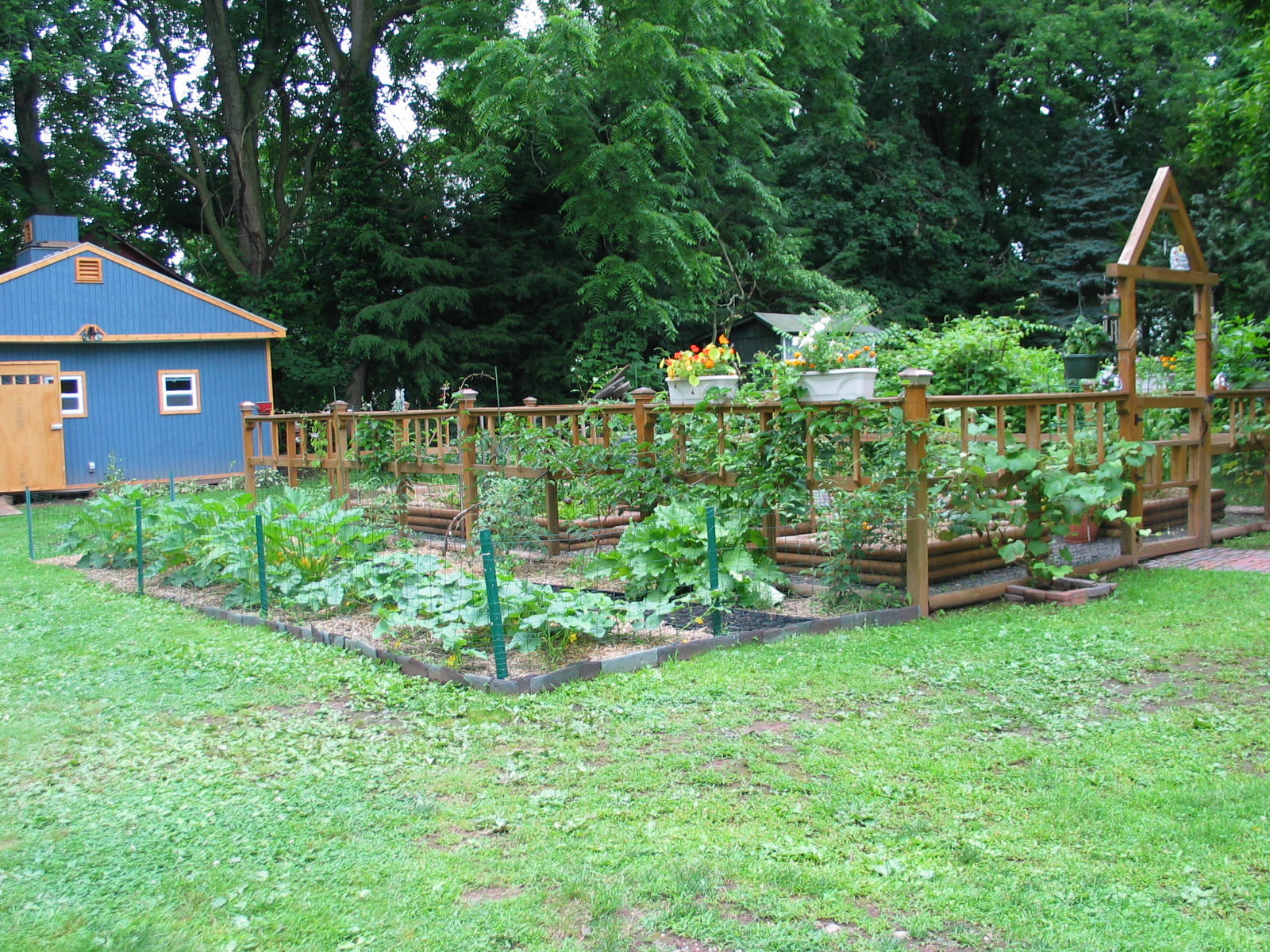
Leave your worries at the gate, and be consumed by peaceful contentment of your garden.
You’ll enter a world where there are no bosses to answer to, deadlines to sweat over, or bill collectors to avoid.
A world where your biggest problems are tiny pests that are thousands of times smaller than you.
However in THIS world you’ll have the knowledge & power to combat them.
Reward
The rewards are endless. There is knowledge gained in every trial. There are joys in every success.
Teaching our children how to grow food is priceless.
Challenging ourselves to grow increased amounts, larger, heavier, and more diverse varieties is addicting!
Things To Know Before Starting a Vegetable Garden
These are things to look into right away, even when snow is on the ground.
know Your USDA Hardiness Zone
These Zones are based on average minimum winter temperatures. Gardeners use this important guide to know which plants/varieties are most likely to do well in their region/growing climate.
There could be multiple zones in each state depending where you live. Go to USDA.gov to find your zone, either by choosing your state or entering your zip code. Their site has been acting up lately. If you can’t get through using the link, Google “(your state) hardiness zones”.
When looking at your state’s map, find your town’s location color and match to the Key’s Code.
We currently live in central CT, so we are in zone 6b. Our land in VT, where we are building our homestead is 4b.
On the back of seed packages, in seed catalogs, or on seed companies sites you will often see what zones that plant can be grown in. Some crops take too long to mature to harvesting level for colder areas with shorter growing seasons.
Know your first and last frost dates
This could be found by going to The Old Farmer’s Almanac and entering your zip code. Frost dates are just average estimates and could vary greatly depending on fluky weather.
Why are frost dates important to know?
We use these for a few reasons.
- So that we know when it’s safe to plant outside without a threat of frost killing our plants.
- Many seed packages will say that you could start seeds indoors a certain number of weeks before last frost. Important because if you start TOO soon they will be too mature for the container you planted them in but still too cold to be planted in the ground. When growing seedlings, you won’t want to risk damaging the plant by having to transplant it into bigger containers a few times while waiting for the correct date. Also, some plants really benefit from this extra growing time indoors and it allows us to maximize are harvests.
- Fall planting! With proper planning, we could get two plantings per year out of some crops. Once in early Spring and one mid/late summer for a Fall harvest. Knowing your FIRST frost date is essential for planting for Fall harvests as you want to give your crops enough time to grow, mature, and be able to harvest before a hard frost comes and wipes them out.
When gardening, especially in early Spring and mid Fall, we need to be very watchful of the local weather, or crops could be wiped out in one night from a late or early frost. Even after the last frost date, we may have a surprise dip in temperatures. If we know ahead of time, we could cover the plants for the night to protect them.
Know When to Plant Each Crop
REALLY COOL RESOURCE
The Old Farmer’s Almanac Planting Calendar allows you to put in your zip code and gives you a list of when to plant each vegetable based on your frost dates! It’s even in an easy to print format.
I HIGHLY recommended printing it out and having it ready as you plan your garden.
DON’T put off doing this step! You will be amazed with how early in the year we could start seeds indoors.
The time creeps up quick!
Planning time

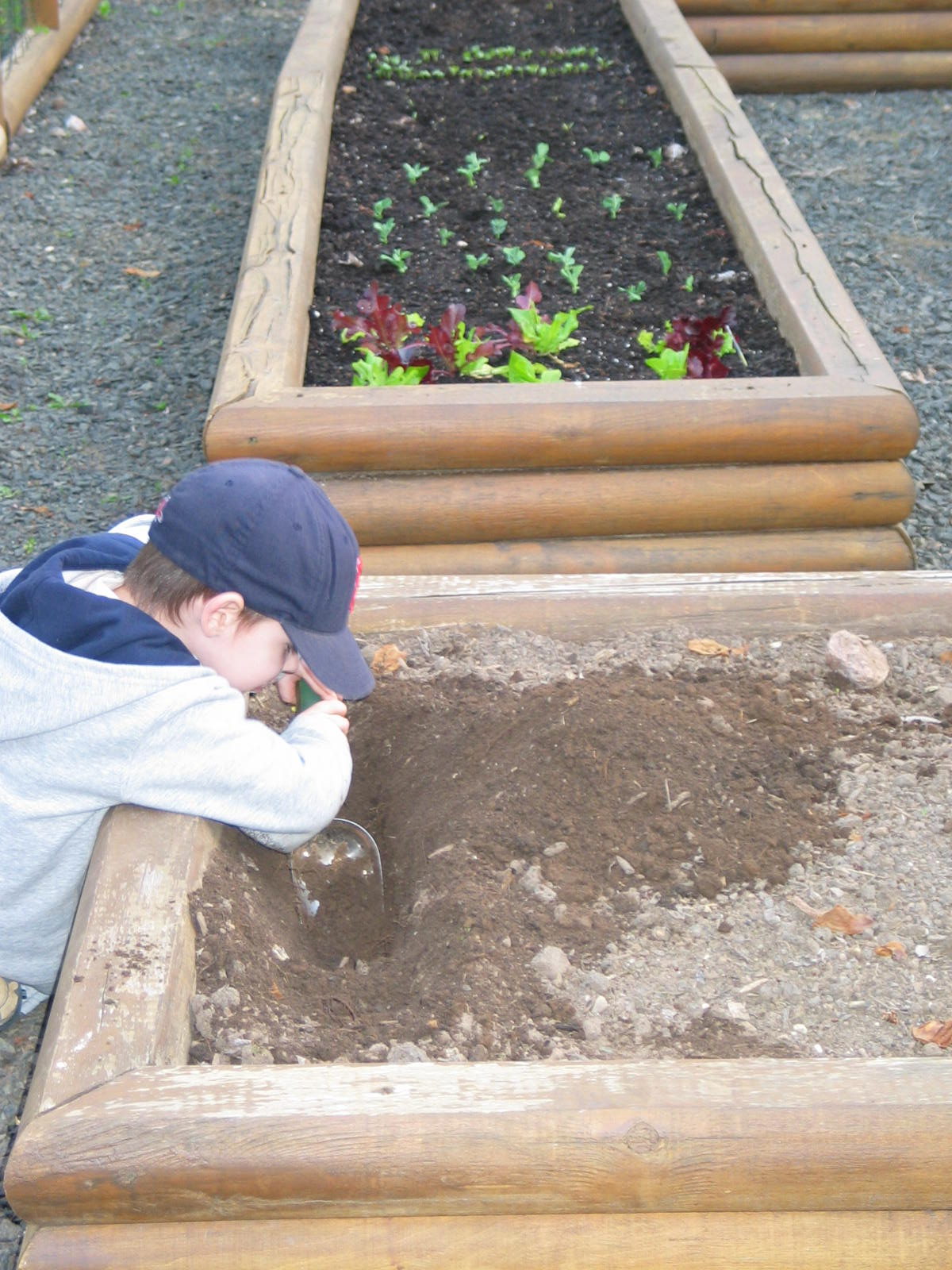
Ok, now that you have some important information under your belt, it’s time to start planning your garden layout.
Having a solid plan for where you are going to plant each crop, based on available sunlight, is vital to it’s success.
Visit our Backyard Vegetable Garden Layout page for the next step towards your garden dream.
Check out our Companion Planting Guide page to see which crops are compatible to grow together, and which may actually prevent each other’s growth.
Crop Rotation is another thing to keep in mind when gardening. It helps maintain a healthy soil balance, aids in pest control, and ultimately promotes an abundant harvest.
More to come, as I create pages of info and guides (thank you for bearing with me, as it takes time!).
I will link pages as they get created. They are all in the works!
What to expect to come:
Soil Preparation
Starting Seeds Indoors
Growing Vegetables – Specifics for each vegetable, from planting seeds (or transplants) to harvesting and everything in-between.
Growing Herbs – Specifics for each herb, from planting seeds (or transplants) to harvest.
Storing Vegetables -Methods of storing and /or preserving vegetables
Composting
Fun Fact~ The raised bed garden that you see in pictures above, was our 1st garden at our CT home 13 years ago. We got several years out of it, until all of the bed frames rotted through.
About two years ago, we ended up moving our chicken coop up against it. We built the walls into a high fortress, and gave it to our girls to have a larger run.
Last year we used containers all over the yard just to get us by.
This year we will be starting from scratch in a new section of yard. Planning a combination of raised beds, containers, trellis, arches, and in ground planting.
The transformation has been fun to watch!
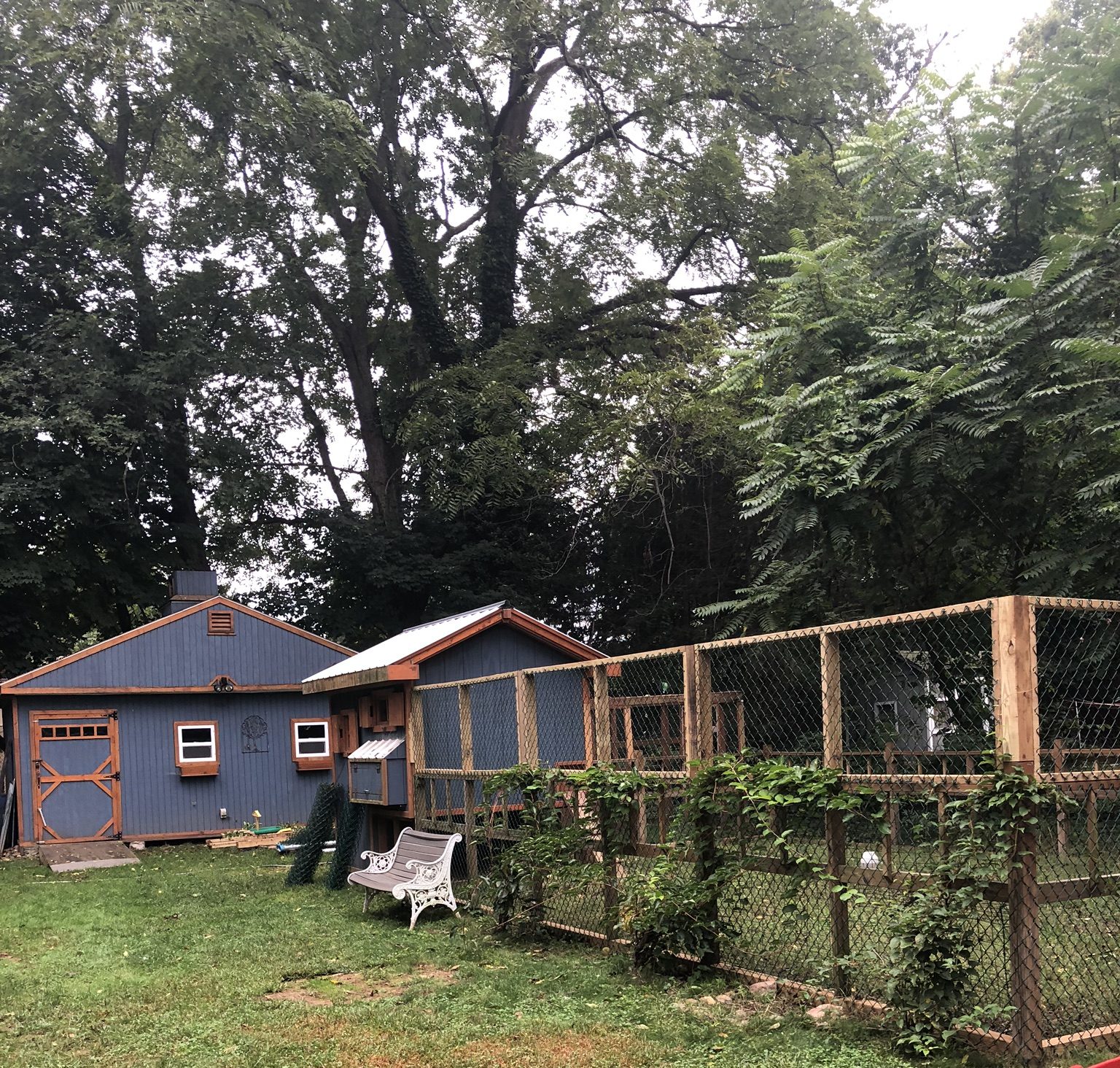

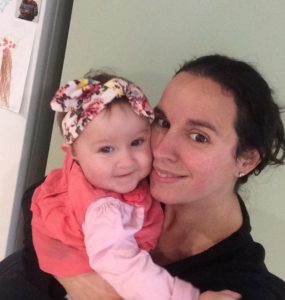 About Me
About Me
It would be so empowering if everyone with a garden grew a surplus to give away to those without gardens.
Absolutely Mary! It would be so awesome to have a trade of services with them volunteering to help too! In return, they would gain the knowledge and experience for when they some day could have a garden of their own, as well as share in the harvest that they helped create. It would be a rewarding experience all around.
I’m planning to grow a few veggies and herbs this year. This is very helpful!
That’s wonderful Ferra! Warning: It could become addictive! Good luck with your harvest!
We just built a raised garden bed last year and I can’t wait to use it! My husband only likes homegrown tomatoes so I know we will have those LOL. Can’t wait to see the rest of your tips!
Thank you Tiffany! So glad we’ll be able to follow each other’s journeys! And I agree with your husband…once you have homegrown tomatoes it’s sooo hard to eat store bought….they have NO flavor! Good luck with your tomatoes and raised beds!!
Well, said, Emily! The benefits received from gardening are many. Like you, I began my journey almost 20 years ago so that my daughter would know a carrot didn’t come from a bag. It is still my escape from reality, LOL.
Love to have you join us at the Organically Rooted Garden Group on facebook to share and learn! Hope to see you there!
Sounds like a wonderful group…I just joined! Thank you for sharing! And the escape is real! I have our seedlings in the basement right now, the kids have to keep calling me to come back upstairs because I linger too long when turning loads of laundry over…I drift over to the plants and get lost in their growth. 🙂
I love the high walls around your garden. Here in So Cal, we don’t have as much as space, so the pests can get in easier. But that won’t stop me LOL! I’m looking into getting the raised beds for gardening from Birdies. But we’ll see what we end up with! 🙂
We have a few beds, outside of that area, that kept getting hammered by groundhogs, squirrels, and birds. It was a HUGE battle! I ended up wrapping each one with chicken wire (stapling it to the top of the beds), then ziptied the top together. It was annoying whenever I needed to harvest, however if I didn’t do it then I wouldn’t have had ANYthing to harvest!..Goodluck with your plans and garden this year!!
Your place is so beautiful! And as far as the benefits go, I think the “retreat” part is my personal favorite 🙂 This is our first year, and we’re not even on our own property yet, so I count it a “practice” phase, but this is such an encouragement. Thanks, Emily!!
Thank you so much Stacey! Practice phases are excellent…that’s what we are in right now as well. Each year our garden grows and so does our knowledge and experience for when we could fully move onto our homestead. Baby steps, right?!?
Love the raised garden approach! It makes gardening accessible to so many and really allows you to control what goes into and out of your garden! Thanks for the great tips and advice.
Absolutely Robyn! They are also great if you have poor soil or very rocky land.